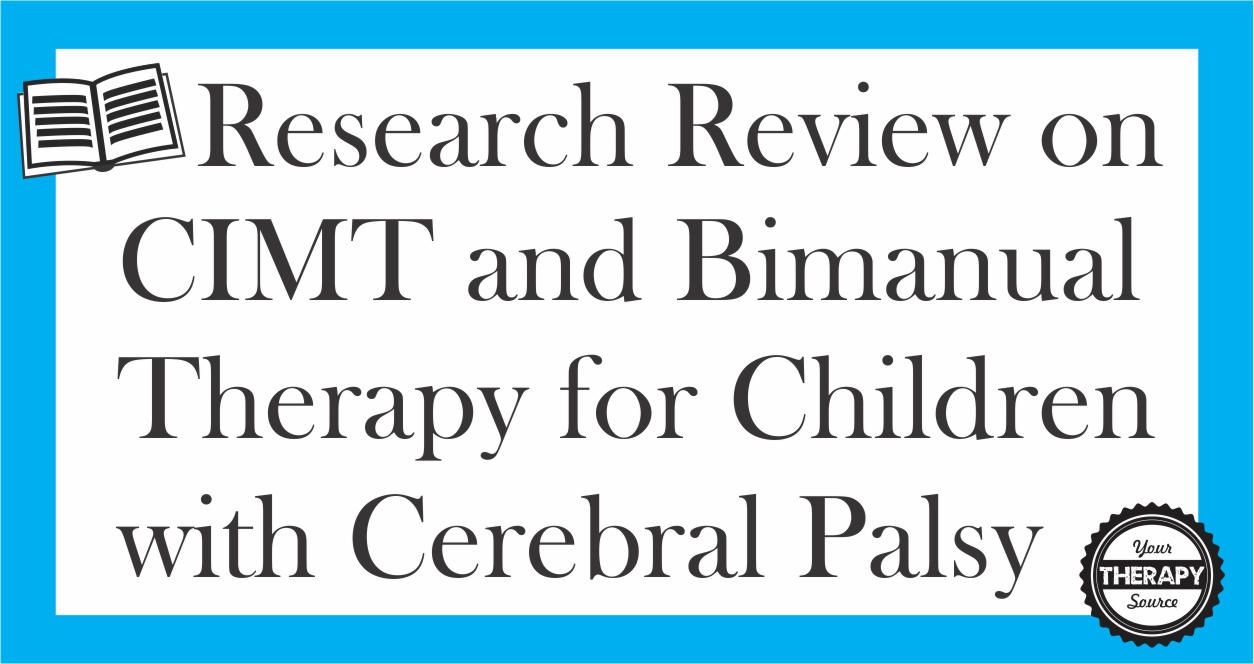Research Review on CIMT and Bimanual Therapy for Children with Cerebral Palsy
Research Review on CIMT and Bimanual Therapy for Children with Cerebral Palsy Pediatric Physical Therapy published a systematic review comparing modified constraint-induced movement therapy (CIMT) and intensive bimanual therapy in upper limb function in children with unilateral cerebral palsy. After searching 4 electronic databases from 2009-2015, eight articles met the inclusion criteria with a total of […]

